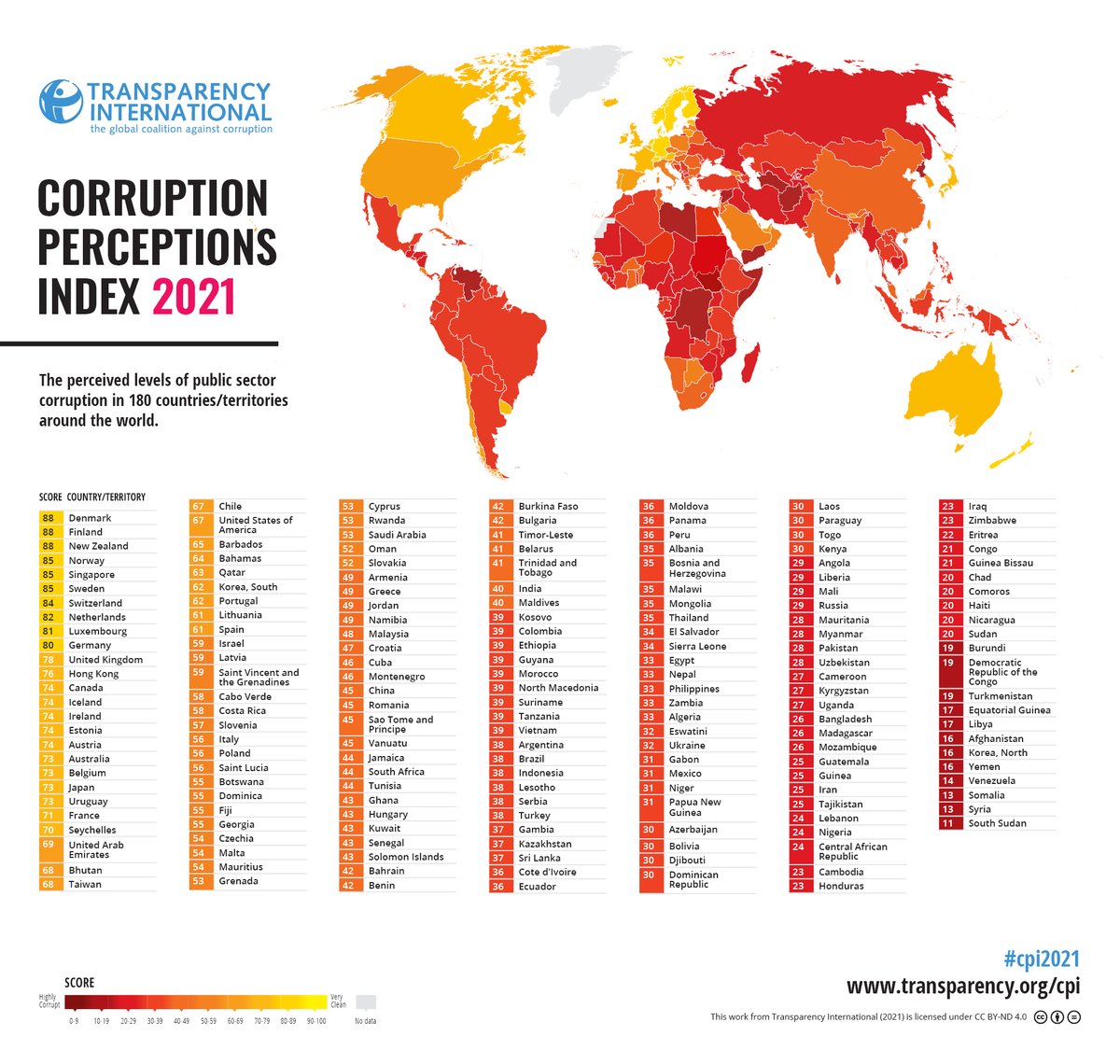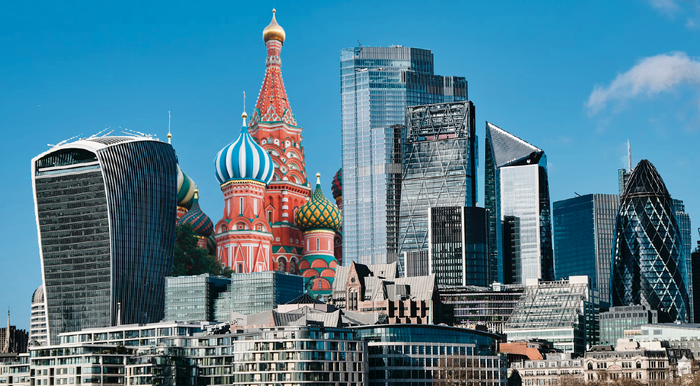
1/ News of a possible successful Russian crossing of the Siverskyi Donets river has highlighted the importance of this river as a key frontline. It's not the first time the Donets has had this role. A 🧵 on its significance in this and earlier wars.
https://twitter.com/JulianRoepcke/status/1534434489811841025
2/ The Siverskyi Donets (also known in Russian as the Seversky Donets or just the Donets) is one of Ukraine's longest rivers, at 1,053 km (654 mi) in length. It's the river that gives its name to Donetsk and to the entire Donbas - literally the Donets basin. 

3/ In happier times, there were many holiday camps and children's camps along the riverside, with fishing and rafting among the leisure activities on offer. The river was polluted but still had a good reputation for wildlife. 

4/ The Siverskyi Donets sits in a wide valley that varies from between 8–10 km (5.0–6.2 mi) in the upper part and as much as 20–26 km (12–16 mi) downstream. It's very meandering, doubling back on itself in some places as it cuts through the chalk plateaus of the Donbas. 

5/ The river itself is mostly between 30 and 70 m (98 and 230 ft) wide, sometimes reaching 100–200 m (330–660 ft), and up to 10 m (30 ft) deep, with an average depth of about 2.5 m (8 ft). In other words, it's fordable in theory. The problem is the surrounding terrain.
6/ The right and left banks of the river are highly asymmetrical. Chalk cliffs occupy parts of the right bank, with steep gullies and ravines descending to the river on both banks. 



7/ The left bank is flatter and contains many swamps, lakes and oxbows. This makes vehicular access harder. Both banks also have many forested areas, which partially neutralise air power and limit the use of heavy armoured vehicles, as well as making resupply more difficult. 

8/ These characteristics have created a number of military difficulties:
- It's hard for vehicles to reach the riverside in many places
- The heights offer defenders major advantages
- Viable crossing points are relatively few
- It's hard for vehicles to reach the riverside in many places
- The heights offer defenders major advantages
- Viable crossing points are relatively few
9/ The Siverskyi Donets has emerged as a key battleground, with the frontline running along a substantial length of the river, roughly between Balakliia in the west and Pryshb in the east, with Russian salients south of Izyum. 

10/ The frontline mostly corresponds to the high ground south of the river. This is not a coincidence, as we'll see, but has almost certainly come about due to the terrain of the region. 

11/ Both sides have sought to shape the battlefield along the Siverskyi Donets Reportedly, most of the bridges have now been destroyed by the Ukrainians, such as the one at Sviatohirsk in the last few days.
12/ Both sides have also tried to build their own pontoon bridges over the Donets or destroy the other side's, as the Ukrainians famously did to the Russians near Bilohorivka last month. (Though the Russians have also destroyed Ukrainian pontoon bridges.)
https://twitter.com/i/status/1524832864369577985
13/ Crossing the Siverskyi Donets has been a high priority for Russia as an essential step towards encircling Ukraine's forces in the Donbas. They crossed the river at Izyum in early April but so far haven't been able to advance much further on that axis.
14/ Reports in the last two days suggest that the Russians have crossed the river again near Bohorodychne and Tetyanivka across from Sviatohirsk. This is potentially dangerous for the Ukrainians, though they almost certainly still control the high ground behind the two towns. 

15/ For a good analysis of the threat this potentially poses to Ukraine, see this thread by @ZimmermanErik.
https://twitter.com/ZimermanErik/status/1533852779244048388
16/ The same factor - control of the high ground - likely also means that the loss of Sievierodonetsk wouldn't be nearly as serious as the loss of Lysychansk, which overlooks the river valley from the high ground opposite Sievierodonetsk. 

17/ Take a look at these views of Sievierodonetsk from Lysychansk and vice-versa. Where would you rather be - on the exposed flood plain, having to attack uphill through steep wooded gullies, or dug in on the hill 130 m (450 ft) above, firing down on enemies in the open below? 



18/ This isn't the first time the Siverskyi Donets has been the scene of fighting. It was a key battleground in World War II as well, when the Soviet and German armies suffered great losses fighting over it. Much of this was due to the difficulties of the terrain.
19/ In particular, the river, ravines and gullies created many natural obstacles. The terrain provided natural cover for anti-tank weapons and the heights enabled gunners to see enemy tanks from great distances. River crossings created vulnerable chokepoints.
20/ The Red Army suffered one of its worst disasters of World War II on the Siverskyi Donets. In January 1942, it successfully pushed the Germans back across the river at Izyum and Volchansk to create a pair of small salients. Between 12–28 May 1942, the Germans counter-attacked. 

21/ Operation Fredericus, also called the Second Battle of Kharkov, resulted in three Soviet armies at Izyum being cut off and destroyed. The Soviets lost 280,000 men and 1,250 tanks, against only 20,000 Axis troops and 108 tanks lost.
22/ The following month, the Germans crossed the river easily, routing the demoralised Soviets. They pushed hundreds of kilometers east to the Caucasus - the furthest point reached in their invasion. 

23/ The Germans retreated back to the Siverskyi Donets following their defeat at Stalingrad, and by July 1943 the two sides again faced each other across the river. The Soviets, however, planned to go on the offensive.
24/ The Soviets launched an offensive across the Siverskyi Donets on 17 July 1943 but had to abandon it only ten days later, having suffered over 99,760 casualties and the loss of 732 tanks, 522 anti-tank guns, and 197 artillery pieces. 

25/ A fresh offensive in August 1943 was much more successful, pushing the Germans back to the Dnieper and Molochna rivers. It caused over 273,000 German casualties. Soviet losses were high too: it took only a week for an average Soviet tank corps to lose 120 of its 200 tanks. 

26/ The biggest obstacles they faced were the ravines and gullies of the river valley, as well as the difficulty of crossing the water - exactly the same factors that the Russians now face, and that the Ukrainians will face in any counter-offensives.
27/ It remains to be seen how this Fourth (?) Battle of the Donets will unfold. Assuming the Ukrainians are able to retain control of the high ground, however, the Russians will face formidable difficulties in taking full control of the Siverskyi Donets valley. /end
@OSINTEng @Militarylandnet @RALee85 @War_Mapper @Blue_Sauron @Osinttechnical @TrentTelenko @MarkHertling @Nrg8000 @UAWeapons @TrueFactsStated @WarintheFuture @KofmanMichael @michaeldweiss @aravosis @ukraine_map @general_ben @tomiahonen @JulianRoepcke @ian_matveev @mdmitri91
• • •
Missing some Tweet in this thread? You can try to
force a refresh












